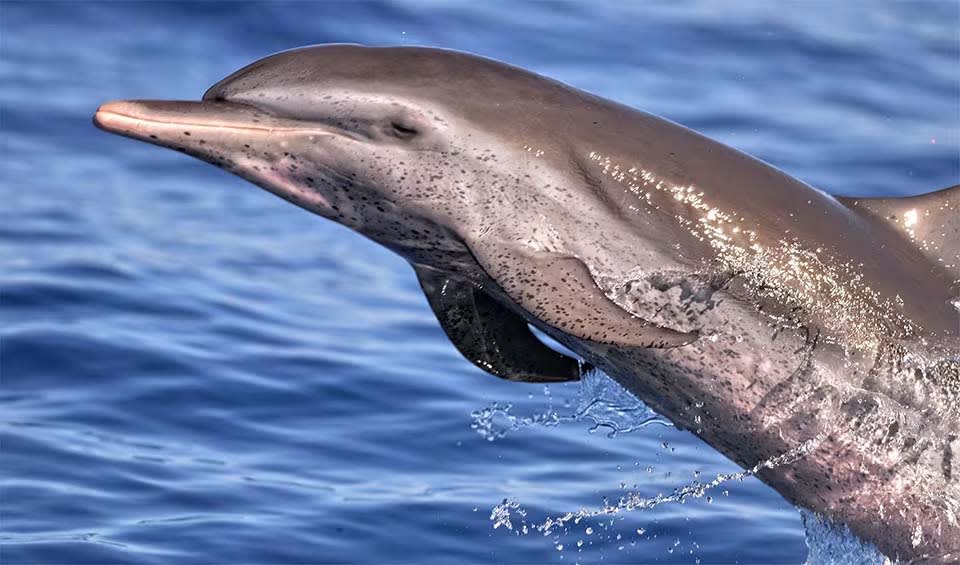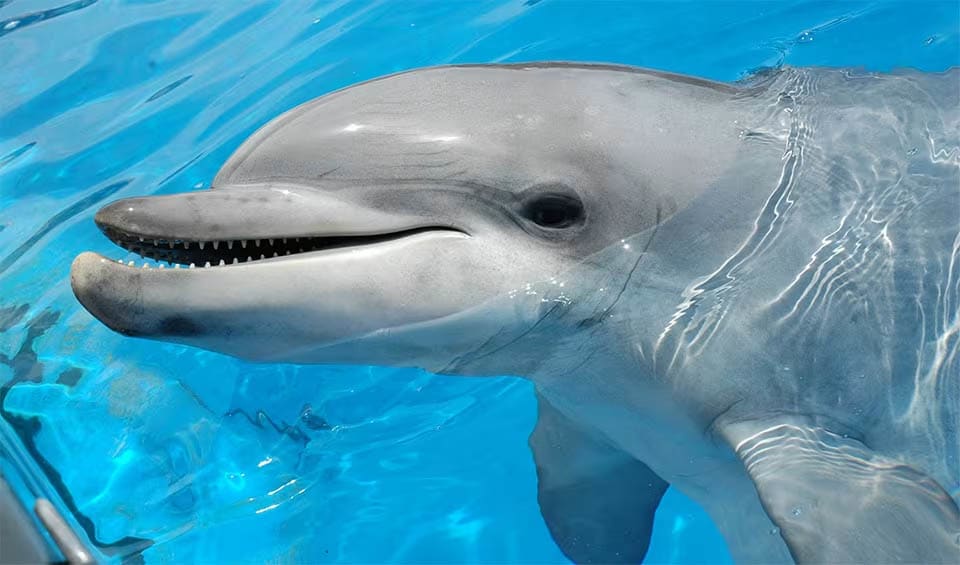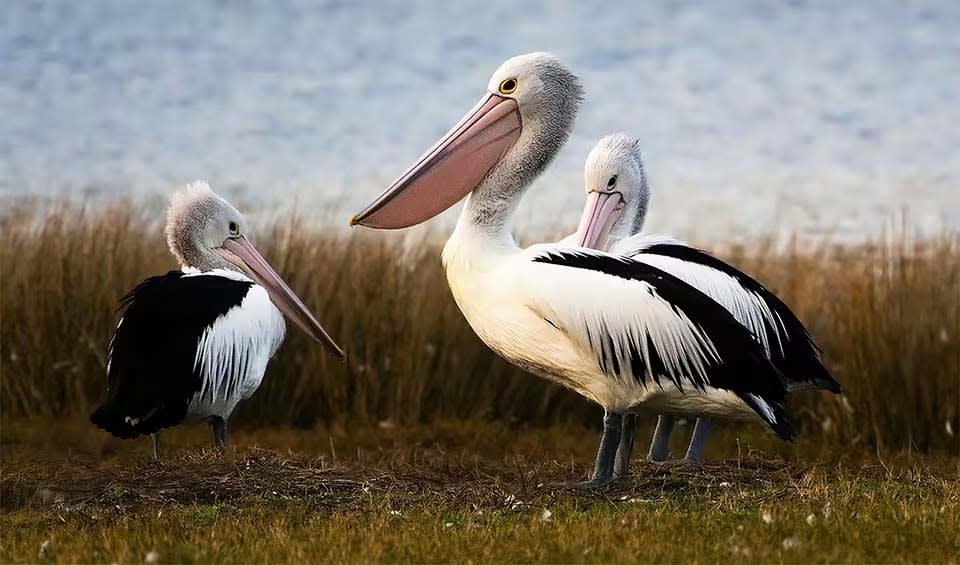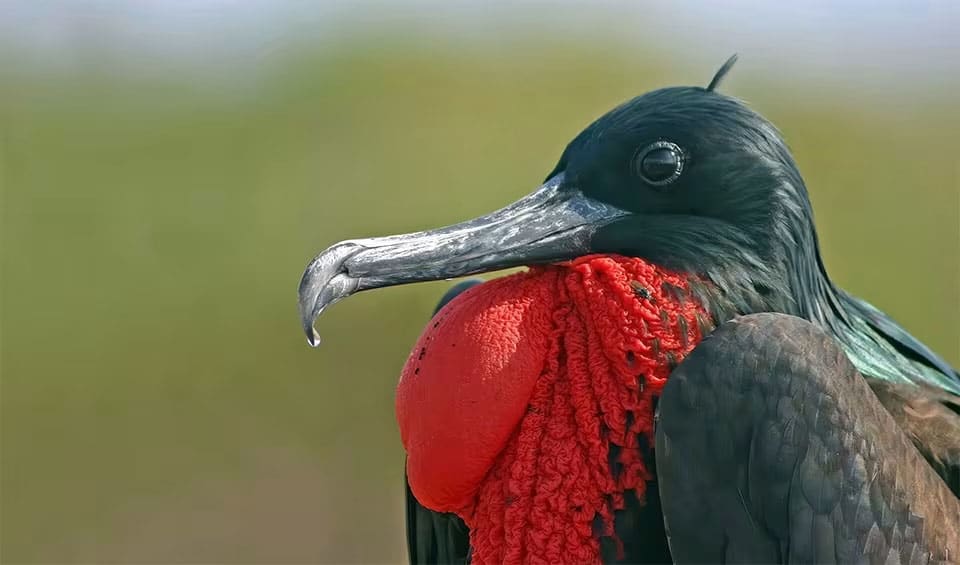From pristine beaches to dense rainforests, the Solomon Islands offer a spectacular display of biodiversity that captivates all who visit. Nestled in the Pacific, this archipelago of nearly 1,000 islands is a hotspot for rich ecosystems and unique species. The Solomon Islands are part of the Coral Triangle, which boasts some of the world’s highest marine biodiversity. The reefs around these islands teem with life, from vibrant corals to a stunning variety of fish species, including some that can’t be found anywhere else on the planet.
On land, the island’s dense tropical forests are home to a remarkable diversity of plant life, many of which are endemic. The birdlife is equally impressive, with the Solomon Islands being known as a haven for birdwatchers. The region is home to species like the Solomon Islands sea eagle and the critically endangered Choiseul pigeon, highlighting the importance of conservation efforts in the area.
Despite its natural beauty, the Solomon Islands face significant challenges. The country grapples with issues like deforestation, habitat loss, and climate change’s impact, which threatens its terrestrial and marine ecosystems. Socially, the Solomon Islands also deal with economic challenges, political instability, and the ongoing effects of colonialism, which have contributed to inequality and underdevelopment in certain areas. Yet, the resilience of the Solomon Islanders, combined with the richness of their natural environment, makes this archipelago a unique and vital part of the global ecological landscape.
Four pillars elaborated:
The Solomon Islands, though smaller in size, span an area of 28,400 km² (10,965 mi²), with around 43% of their land designated as protected. These areas, which include terrestrial Key Biodiversity Areas, safeguard some of the archipelago’s unique ecosystems and species, contributing to the preservation of its rich ecological diversity. Land Management
Land Management
The Solomon Islands’ Exclusive Economic Zone (EEZ) covers 1.34 million km² (517,377 mi²), much of which is dedicated to protecting marine biodiversity. The nation is part of the Coral Triangle, and its extensive marine protected areas (MPAs) play a critical role in preserving coral reefs, mangroves, and fisheries. Around 15% of these MPAs are highly protected, helping ensure the survival of many endangered species.
The country faces significant environmental challenges, including deforestation and land degradation. The Solomon Islands rely heavily on agriculture and logging, which have contributed to habitat loss. With a Biodiversity Habitat Index score of 64.5, the Solomon Islands are still managing to protect much of their biodiversity, but ongoing conservation efforts are vital to address habitat loss and environmental degradation in this fragile ecosystem.
The Solomon Islands face moderate extinction risk for their species, as indicated by the Red List Index (RLI), which has remained stable at 0.8 in recent years. The country is home to around 246 bird species, 79 mammals, and 87 reptiles, with several, including the Solomon Islands sea eagle and the Choiseul pigeon, classified as endangered. Threats to Biodiversity
Threats to Biodiversity
Approximately 65% of the habitats for species in the Solomon Islands are located within protected areas, reflected in a Species Protection Index (SPI) score of 62.0. While this provides some protection, marine ecosystems are under greater pressure, with overfishing and habitat degradation threatening coral reefs and fisheries. The Solomon Islands’ Fish Stock Status score of 42.5 highlights the need for stronger management and conservation measures to prevent further decline.
Land use changes due to logging and agricultural expansion have had a significant impact on terrestrial biodiversity, especially in forested areas. These activities have led to a noticeable decline in species richness, particularly in lowland rainforests, where logging has caused habitat fragmentation and reduced the Species Richness Index (SRI) by over 40% in some regions. Efforts to balance economic growth with sustainable practices are crucial to maintaining the biodiversity of this fragile archipelago.
The Solomon Islands government is taking critical steps towards conserving its rich biodiversity, supported by international partnerships. In 2018, the Solomon Islands launched the Solomon Islands Biodiversity and Environment Information Facility (SIBEIF), with backing from the United Nations Development Programme and the Global Environment Facility. This digital platform aggregates data from local and international institutions to enhance biodiversity management and conservation strategies, setting a new benchmark for collaboration in the Pacific region. Capacity and Governance
Capacity and Governance
Protecting the Solomon Islands’ unique ecosystems, particularly its coral reefs and forests, is essential for biodiversity and climate resilience. However, funding for these efforts remains a challenge. Government spending on biodiversity conservation, while critical, lacks transparency and comprehensive tracking across sectors. Recent estimates indicate that effectively managing conservation across the islands, including marine protected areas and forest conservation, would require an annual investment of USD 15-25 million. Unfortunately, current budget allocations are much lower, with the 2023 federal budget for biodiversity protection set at just USD 1.2 million. To ensure the long-term resilience of ecosystems, more substantial investment and international support are urgently needed.
The Solomon Islands’ National Biodiversity Strategy and Action Plan (NBSAP) outlines a forward-thinking approach to conserving its rich natural heritage while ensuring sustainable development for its people. This strategy focuses on addressing the underlying causes of biodiversity loss, reducing direct pressures on ecosystems, and safeguarding species and genetic diversity. The NBSAP also emphasizes equitable sharing of benefits from biodiversity, integrating traditional knowledge, and promoting gender equality in conservation efforts. Enhancing implementation through capacity building, participatory planning, and improved knowledge management is a core element of the strategy. Future Trends
Future Trends
In line with these goals, the Solomon Islands recently joined the global BIOFIN initiative to track government spending on biodiversity systematically. This collaboration seeks to identify financial gaps and explore innovative funding mechanisms for biodiversity conservation. Through this initiative, the country will assess its financing needs to meet national biodiversity targets and develop a Resource Mobilization Plan to ensure long-term sustainability for its ecosystems.
Biodiversity
The Solomon Islands are a biodiversity gem in the Pacific, recognized for their extraordinary marine and terrestrial ecosystems. Part of the renowned Coral Triangle, the islands are home to some of the richest marine biodiversity in the world, with over 900 species of reef fish and 500 species of coral. Their tropical forests are equally diverse, harboring over 4,500 plant species, with a significant number found nowhere else on Earth.The Solomon Islands hold a crucial place in global conservation, featuring extensive mangrove systems and vital reef habitats that stretch across 5,750 km² (2,220 mi²) . The islands’ rich birdlife includes more than 60 endemic species, such as the Solomon Islands sea eagle and the endangered Choiseul pigeon. The region is also notable for its unique terrestrial fauna, including several endemic reptiles and amphibians.
Despite being one of the world’s smaller countries, the Solomon Islands contribute immensely to global biodiversity, with an expanding catalog of new species being discovered regularly. This archipelago represents a critical stronghold for the world’s biological diversity, making it an essential area for conservation efforts.
In the table below are the number of known species in several main groups, how many of these species are Threatened with extinction, and how many of them are Endemic (unique to Solomon Islands only):
| Species (World rank) |
Threatened | % Threatened | Endemic | % Endemic | |
|---|---|---|---|---|---|
| Mammals | 79 (#144) | 19 | 24.1% | 19 | 24.1% |
| Birds | 246 (#154) | 17 | 6.9% | 68 | 27.6% |
| Reptiles | 87 (#98) | 6 | 6.9% | 17 | 19.5% |
| Amphibians | 19 (#105) | 2 | 10.5% | ||
| Fishes | 989 (#52) | 18 | 1.8% | 15 | 1.5% |
| Plants | 4,500 (#74) | 16 | 0.4% | 24 | 0.5% |
mammals
Pantropical spotted dolphin
A champion swimmer and a social butterfly of the warm seas
Common bottlenose dolphin
Known for their acrobatic leaps, twisting and turning gracefully as they jump completely out of the water
birds
Nicobar pigeon
Considered one of the closest living relatives to the extinct dodo bird
Australian pelican
These birds have been recorded to fly at 3000 meters (9850 ft)
Great frigatebird
These birds spend weeks in the air and hunt, preen and even sleep while in flight
reptiles
Loggerhead sea turtle
One of the largest and strongest sea turtles in the world
Saltwater crocodile
Largest of all living reptiles and the animal most likely to eat a human
Yellow-bellied sea snake
The most widespread species of snakes on earth are found throughout the Indian and Pacific Oceans and from Africa to Central America
National Animals
Hawksbill sea turtle
Its slender frame and narrow head bear a beak curved like a hawk’s, earning this marine marvel its name













